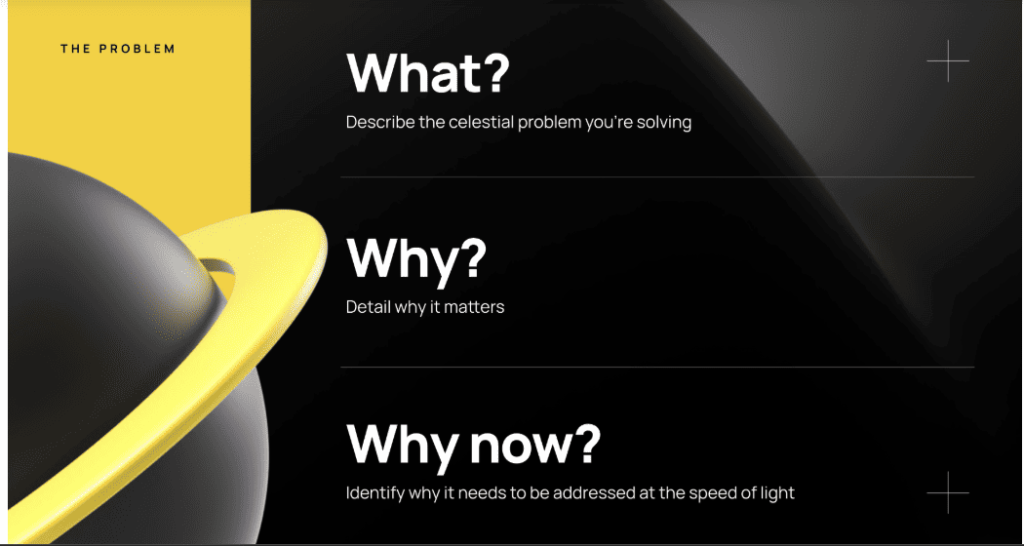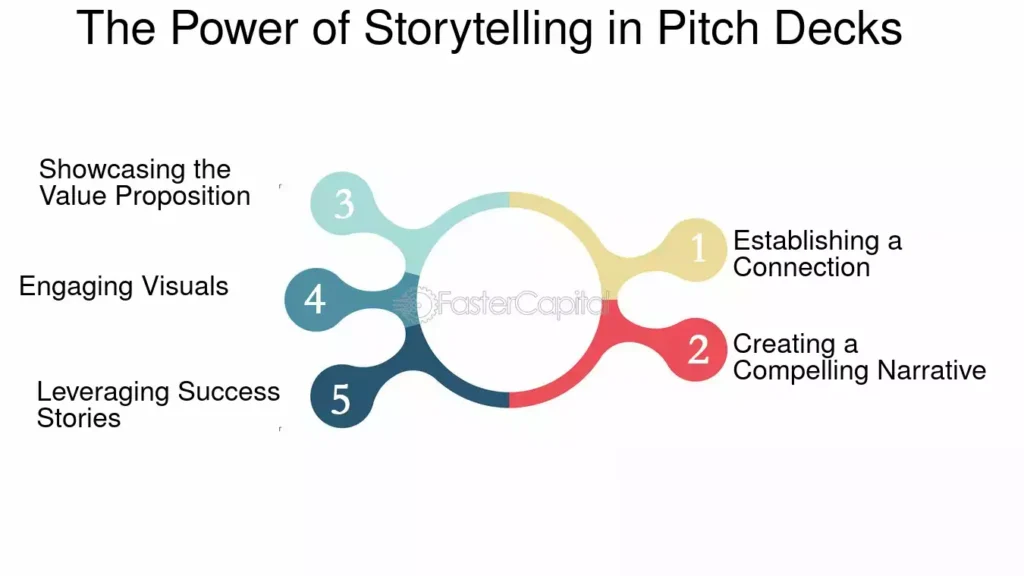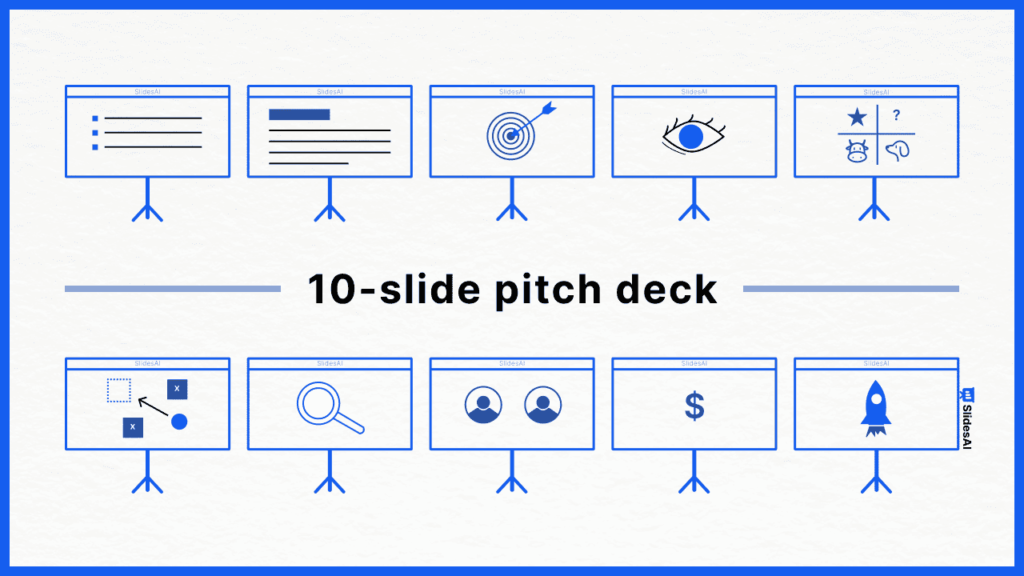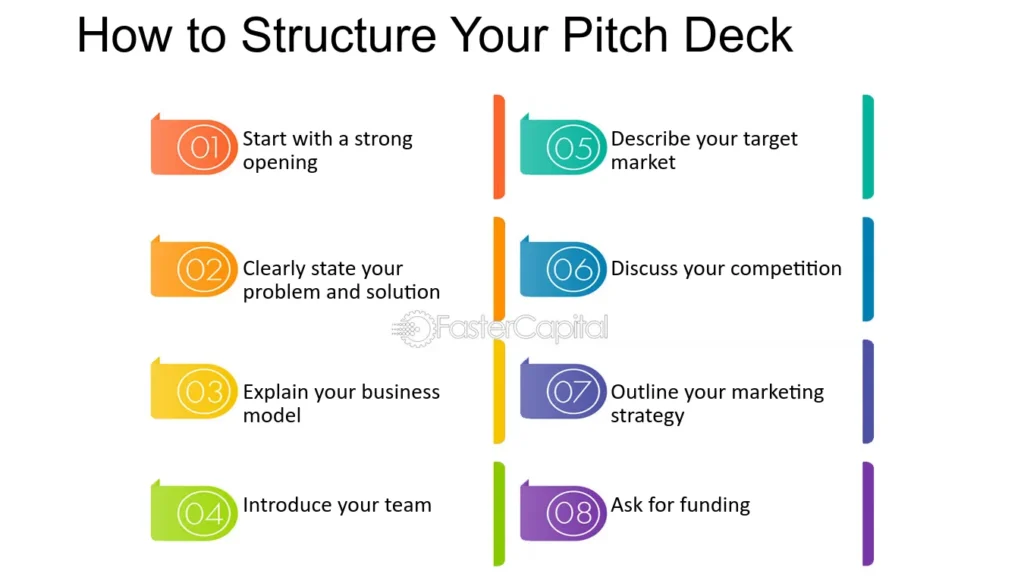Introduction
Starting a business is exciting. But turning that idea into something investors want to fund? That takes more than just excitement. It takes clarity, structure, and a pitch deck that stands out in a crowd.
In 2025, investors are reviewing hundreds of pitch decks each month. Most look the same — crowded slides, confusing layouts, or too much storytelling without substance. What sets successful decks apart is not just the idea, but how the idea is told, shown, and structured.
This blog will walk you through the key things that make a pitch deck successful — from design to delivery. Whether you’re new to pitching or improving your current deck, this guide is here to help you build a pitch that gets attention — and funding.
Let’s get started!
Start Strong with a Clear Opening Slide
Investors often make decisions in the first minute. That means your opening slide needs to instantly show what your startup is and why it matters. This is not the time to be clever or vague — be simple and straight to the point.

Here’s what they look for right away:
- A one-sentence summary of your startup
- A clear description of who it helps
- A quick sense of the opportunity or need
If you can give investors a reason to stay interested in the first 30 seconds, you’ve already made progress.
Use Storytelling to Make Your Pitch Memorable
Because people remember stories, not slides full of text. A good story shows the problem, your journey, your spark — and why the world needs your idea.
In 2025, investors are seeing more AI tools, more apps, more tech. What’s rare? A real story with real heart. That’s what makes your deck different.

Your slides should flow like a movie. Make them want to see what’s next.
Follow the 10/20/30 Rule to Keep Things Simple
The 10/20/30 rule is a simple guide created by Guy Kawasaki. It helps make pitch decks short, smart, and easy to read. In 2025, when everyone is busy and attention spans are short, this rule still works.

Here’s how the rule works:
- 10 slides maximum to keep your story tight.
- 20 minutes to present, allowing time for Q&A.
- 30-point font to keep your slides readable and clean.
Make the Problem Feel Real and Urgent
Show a problem that is real. One that makes the investor say, “Yes, I’ve seen that happen.”
Use short sentences. Maybe even a quote or a small real-life example. “My friend missed her job interview because her bus app crashed.” That hits harder than numbers.

This slide should make the problem feel close. Personal. Urgent.
Limit Each Slide to One Clear Topic
Too much information on one slide can confuse your audience. Investors don’t want to read everything — they want to focus on your message. One topic per slide keeps your pitch clear and easy to follow.

Tips to make slides easier to read:
- Use one headline idea per slide
- Add just one key image or chart
- Keep bullet points short (2–3 lines)
Structure Your Deck for a Smooth Story Flow
Your pitch deck structure should help investors quickly understand your business idea and journey. A smooth flow keeps them engaged and makes your story easy to follow. Always follow a natural path from the problem to the ask.

Here’s a simple structure that works well:
- Problem: What issue are you solving?
- Solution: How are you solving it?
- Product: Show what it looks like or how it works.
- Market: Who needs this?
- Business Model: How will you earn money?
- Team: Who’s building it?
- Traction: What progress have you made?
- Ask: What are you seeking from investors?
Focus on What Investors Care About
Customers want to see cool features and designs. But investors want to understand how you’ll grow, earn, and scale. Your pitch deck should talk business, not just branding.

Things to focus on for investors:
- How big is your market?
- What’s your revenue model?
- Who’s on your team?
- What’s your plan to grow?
Use Charts and Graphs to Show Key Data
Graphs and charts help people understand your message faster. Instead of long tables or spreadsheets, visuals highlight what matters. They also make your deck more interesting.

What kind of data works well with visuals?
- Line charts for user growth over time
- Pie charts for market share
- Bar charts to compare revenue or costs
- Funnel charts to show customer journeys
Close with a Clear and Confident Ask
With a clear and confident Ask.
Tell them how much you’re raising, what you’ll use it for, and what’s next. Don’t say “any amount helps” — be specific.

End with a thank-you and a smile. Confidence shows you’re ready.
Before we wrap up, remember this — if you follow the points above, you’re already ahead of most founders. A well-structured pitch deck with a clear story, strong data, and investor focus will always stand out.
Final Thoughts
In 2025, the best pitch decks are not the longest, or the flashiest. They’re the clearest.
Tell a story that makes people care. Use simple words. Keep your slides neat. And say exactly what you want.
If you need help, don’t worry — even great founders ask for pitch deck design support. What matters most is that your pitch feels honest, focused, and exciting.
That’s how your pitch deck will stand out. 💡
FAQs: All the Quick Answers You Need
Q: How long should I talk during the pitch?
A: Keep it under 10 minutes. Leave time for questions.
Q: What’s more important — design or message?
A: Message. But clean design helps people understand your message faster.
Q: Can I use a template?
A: Yes, but make sure it looks custom and not too generic.
Q: Should I memorize the pitch?
A: No. Know your key points. Speak from understanding, not memory.
Q: Do all startups follow the same slide order?
A: No. But the basic story (problem > solution > plan) works best.









